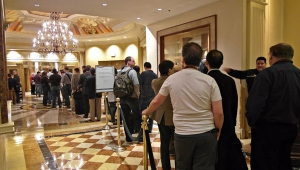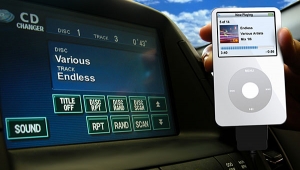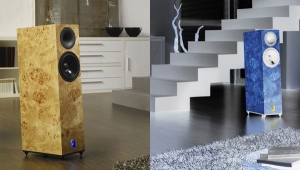| Columns Retired Columns & Blogs |
I bought a Lightspeed power conditioner after blowing out two power amps and my TV, all in the period of a year (this is in a new apartment I moved into a year and a half ago). I'd say the sound is improved across the board, as well as no more blowouts so far.


























